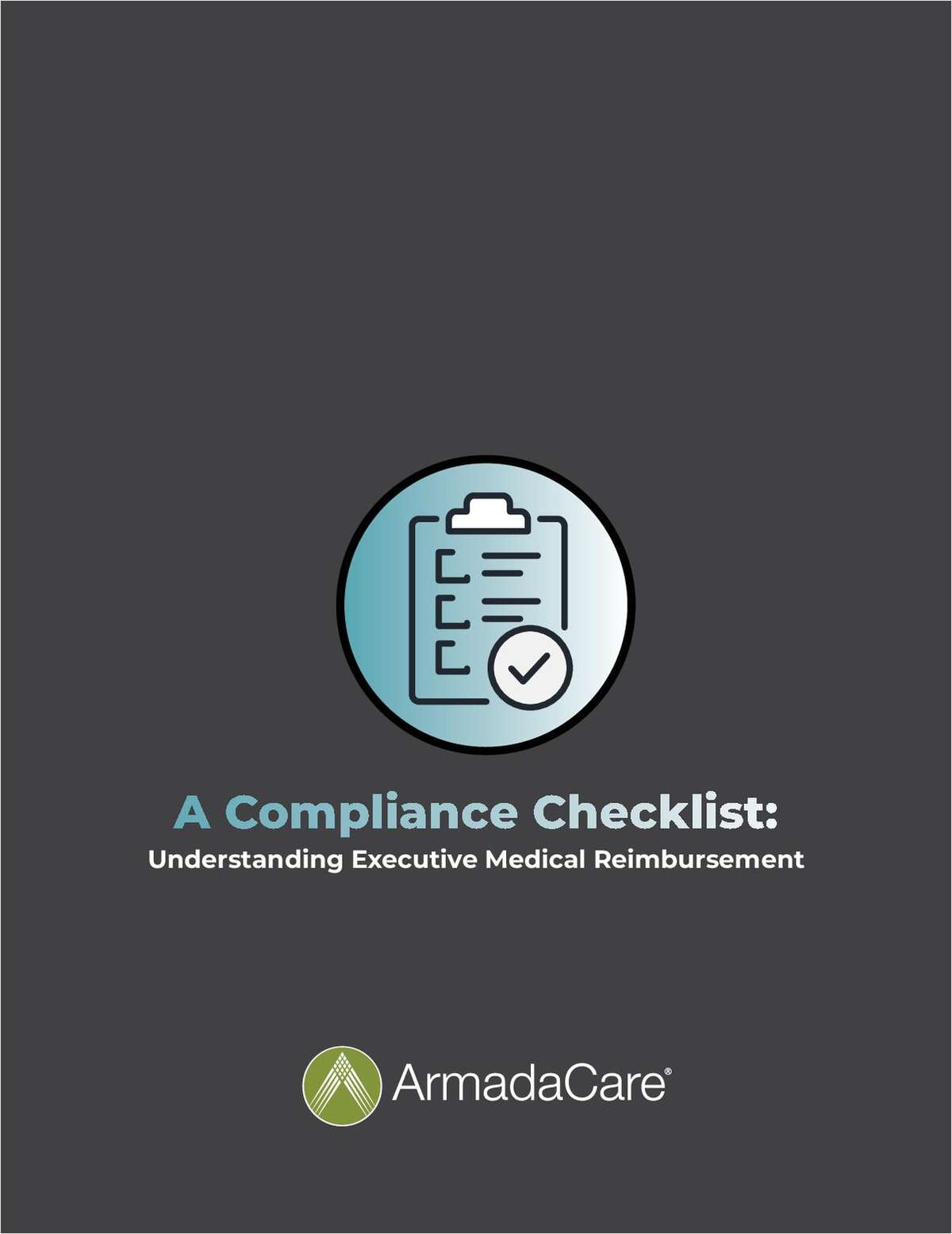There’s no denying that Americans today are shouldering greater responsibility for their retirement security than ever before.
With uncertainty around the future of Social Security, the increasing costs associated with living longer, and the fact that people are not saving enough, the average worker faces the growing risk that they will not have the income they need to meet their retirement goals.
Although employer-sponsored retirement programs, such as a 401(k), do their best to keep participants moving in the right direction, recent research from Voya Financial’s Behavioral Finance Institute for Innovation found that 90 percent of workplace savings plans were not “on track” to replace an average of 70 percent of their participants’ working income, a standard industry benchmark for measuring retirement readiness.
Behavioral scientists attribute this shortfall, in part, to the wealth of data provided by computers and mobile devices, as well as the style in which people make decisions in digital environments.
Access to massive amounts of information has created a scarcity of attention and has increased the speed at which we process information. The online activity of participants on a retirement plan website reinforces that people are prone to making quick, instinctive decisions about important planning and investment options rather than careful, reflective choices. This style of decision-making does not always lead to the best outcomes.
Voya’s research also looked at how advisors and employers can leverage this behavioral data to design more successful workplace plans that nudge individuals to positive action and, ultimately, more favorable savings outcomes.
In fact, the research supports the use of five steps that already exist — serving essentially as a blueprint for a healthier plan while providing sponsors with important fiduciary protection.
Every plan should consider one or more of these strategies, if they haven’t already:
1. Automatic enrollment – One of the best ways to help sponsors advance their employees’ retirement goals is to first make sure they are on the path to saving through auto-enrollment.
Industry research has found that this step can increase enrollment by approximately 10 percent. Advisors should encourage clients to adopt auto-enrollment policies, reducing the number of employees who get overlooked or sidetracked before even signing up for their plan.
2. Successful default options – It is important to take a thoughtful approach to selecting an effective savings default option that helps participants properly invest their accounts. Plan providers, consultants and advisors should spend time educating sponsors on the various choices that would meet their plan’s specific needs.
Behavioral data can inform which qualified default investment alternatives (QDIA) would be most suitable. This may prove especially helpful given the potential implications of the Department of Labor’s fiduciary rule.
3. Employer matching – Advisors should take time to assess whether an employer can offer a match program to its employees, since the concept of “free money” often serves as one of the most compelling incentives to increase savings rates. Strategies like a “stretch match” can also help attract participants without adding major costs to the plan.
4. Automatic escalation – Advisors can work with sponsors to develop a program that automatically adds a gradual savings increase each year. Employees have the option to opt out of such an increase, but data shows that once they are enrolled, they typically don’t mind having the decision made for them.
This can lead to greater replacement income levels and better long-term outcomes. Behavioral science is helping us understand how high these automatic escalation levels can be set before they have a reverse effect and begin to discourage participation.
5. Re-enrollment – Many participants are making instinctive, uninformed decisions about their plan investments without thoughtful review and research. Additionally, many long-term participants have not acted in years since first joining their plan (quite possibly through an auto-enrollment feature) and they may benefit from a “course correction” on their investment strategies and asset allocation choices.
Advisors should evaluate how re-enrollment using a QDIA can further optimize the overall health of a plan — either by sweeping in eligible employees who were not otherwise participating or by directing existing participants into more diversified, age-appropriate retirement portfolios.
The above strategies offer tested, proven methods to help overcome the fact that many participants are not thinking reflectively about their plans. As we continue to explore new ways for behavioral science to shape the future, our goal is for advisors, sponsors and retirement savers alike to utilize these insights so they can chart a more successful course for retirement.
Complete your profile to continue reading and get FREE access to BenefitsPRO, part of your ALM digital membership.
Your access to unlimited BenefitsPRO content isn’t changing.
Once you are an ALM digital member, you’ll receive:
- Breaking benefits news and analysis, on-site and via our newsletters and custom alerts
- Educational webcasts, white papers, and ebooks from industry thought leaders
- Critical converage of the property casualty insurance and financial advisory markets on our other ALM sites, PropertyCasualty360 and ThinkAdvisor
Already have an account? Sign In Now
© 2025 ALM Global, LLC, All Rights Reserved. Request academic re-use from www.copyright.com. All other uses, submit a request to [email protected]. For more information visit Asset & Logo Licensing.








